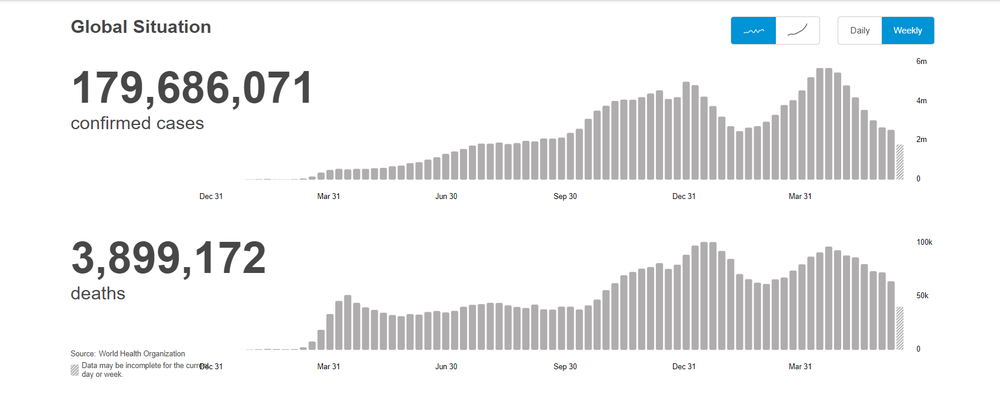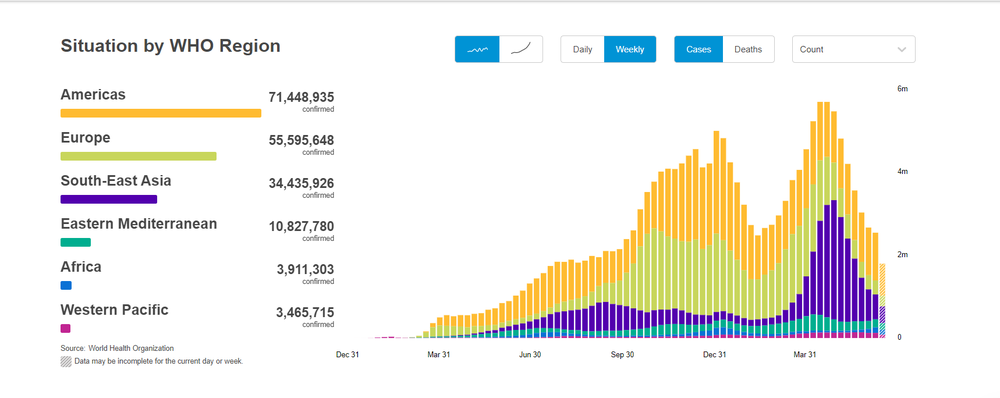
Our study is to analyze the appropriate forecasts using Google COVID-19 Community Mobility Reports and NASA dashboard data. The study aids in determining the present state of humans in mobility areas such as Grocery and Pharmacy, Retail and Recreation, Parks, Transit stations, Workplace, and Residential data. We analyzed and compared mobility data of various countries like Afghanistan, Angola, Antigua and Barbuda, Argentina, Aruba, Australia, Austria, Bahrain, Bangladesh, Barbados, Belgium, Benin, Bolivia, Bosnia and Herzegovina, Brazil, Bulgaria, Burkina Faso, United Arab Emirates from 15 February 2020 to 20 June 2021. Our investigation reveals how COVID-19 affected these individuals and produced health problems in certain areas of the countries. According to the data, several countries have experienced a rapid reduction in grocery and pharmacy requirements, which have increased more than predicted. The sum of grocery and pharmacy percent change from baseline for Brazil is the highest point of 2108439 and on the other hand Argentina has the lowest value of -1195890. Based on our definition of mobility, it follows that a research on the impact of this pandemic is not only desirable but also required in the framework of Smart Cities, especially given that we have enough historical data for the era of this pandemic. However, in order to properly display and explore data and transform it into meaningful information, several considerations must be made, such as the definition of the observed event, the toolset and structure utilized in the report, the scope of the report, the target audience, and its major objectives. Our project aims to investigate how covid-19 has influenced people' everyday needs in particular areas involving mobility data such as Grocery and Pharmacy, Retail and Recreation, Parks, Transit stations, Workplace, and Residential gathered by Google. Better dashboards and visualizations are fundamental needs for analyzing the Covid-19 issue, so that everyone can understand the terrible state of Covid-19. The total count estimated by WHO of confirmed cases is 179,686,071 with the deaths of over 3,899,172 humans.


